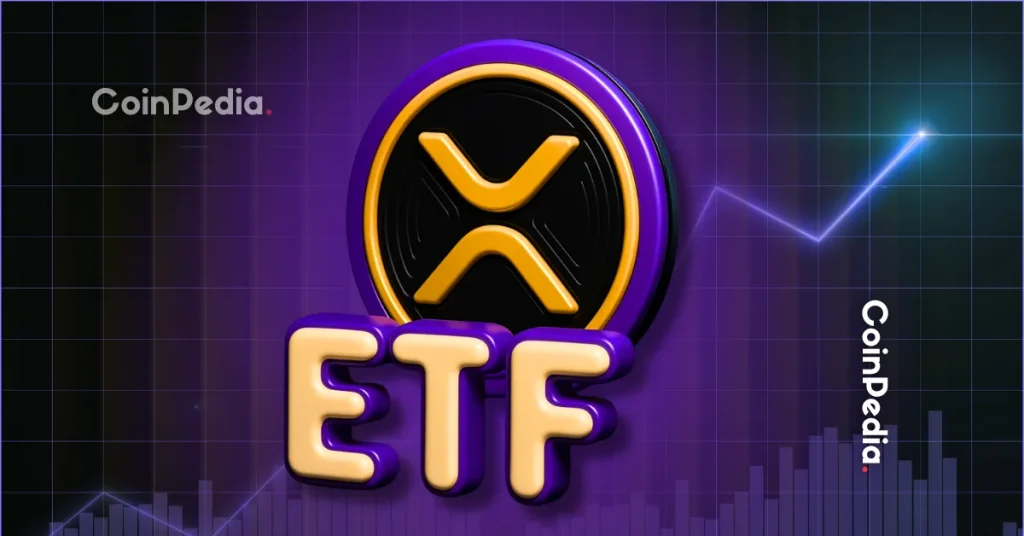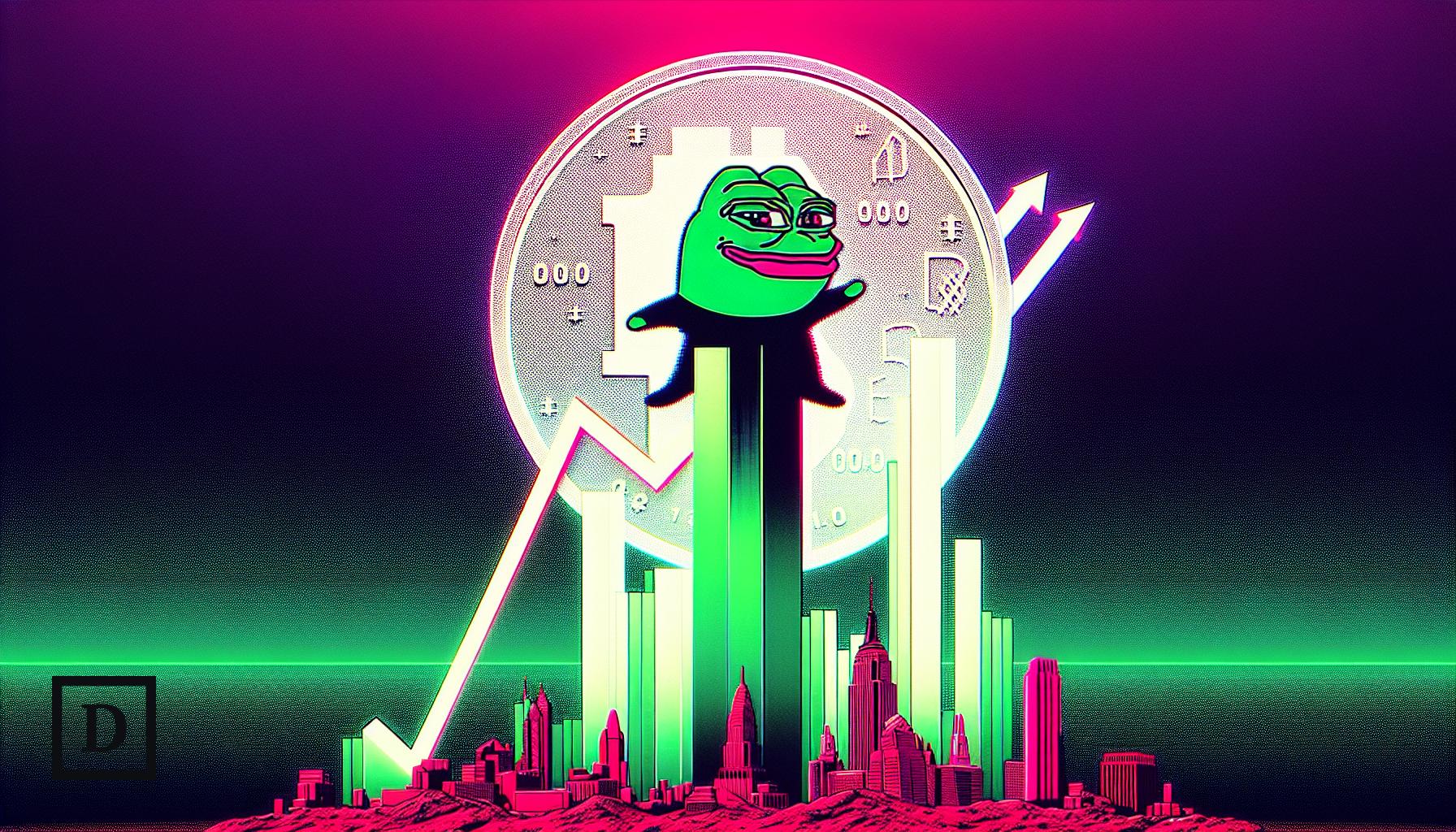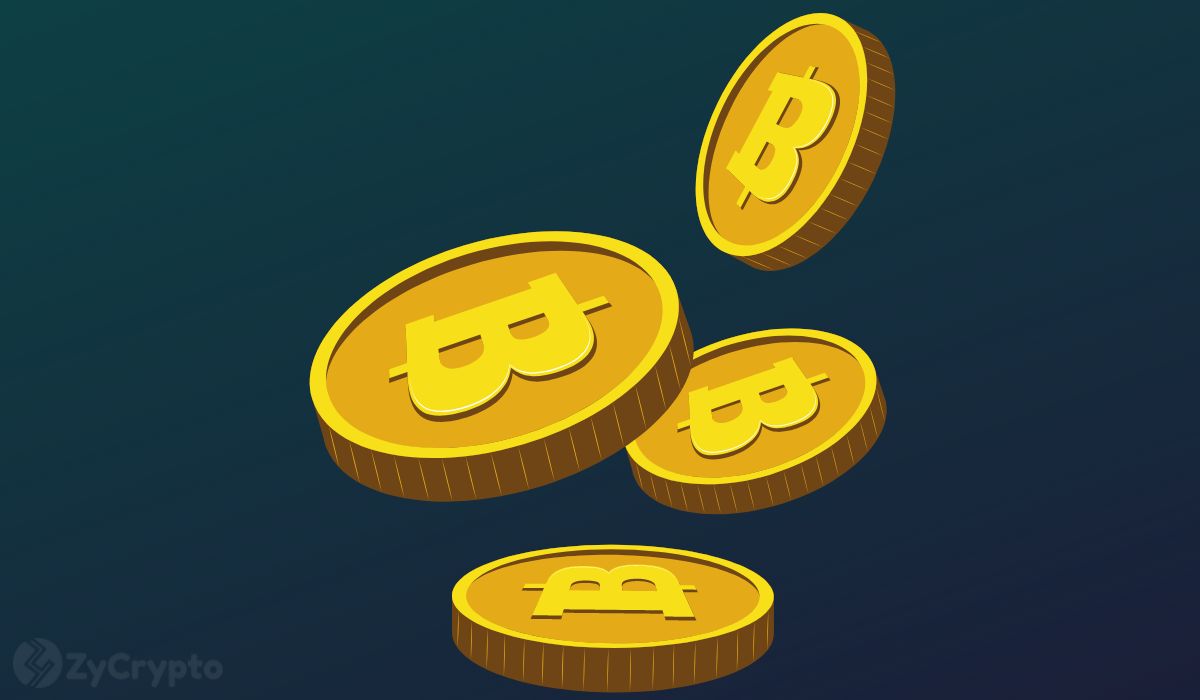In late October 2025, Nvidia Corporation achieved an unprecedented milestone, becoming the first company in history to surpass a $5 trillion market capitalization. The semiconductor giant’s stock has soared more than 12-fold since ChatGPT’s debut in late 2022, sparking both celebration and concern about potential tech valuation bubbles in Silicon Valley and Wall Street.
To put this achievement in perspective, Nvidia’s market value now exceeds the entire cryptocurrency market and ranks just behind the GDP of the United States and China. This remarkable ascent tells a story of strategic pivots, market timing, and the company’s ability to ride successive waves of technological innovation.
The Gaming Foundation and Crypto Gold Rush
Founded in 1993, Nvidia built its empire on the invention of the Graphics Processing Unit (GPU), riding the PC gaming boom of the late 1990s. The company’s GeForce series became synonymous with high-performance gaming, establishing Nvidia as the undisputed leader in graphics cards. However, as the gaming market matured and growth slowed, the company faced challenges with inventory management and market saturation.
The first major pivot came with the 2017 cryptocurrency boom. As Bitcoin and Ethereum prices skyrocketed, miners discovered that Nvidia’s GPUs were exceptionally well-suited for the parallel computing required in cryptocurrency mining. Suddenly, gaming graphics cards became money-printing machines, with global demand far outstripping supply.
The crypto mining frenzy reached new heights during the 2020-2021 bull run. Bitcoin surged from under $15,000 to over $60,000, while Ethereum climbed from hundreds to thousands of dollars. Nvidia’s RTX 30 series cards, originally priced at around $399 for the RTX 3060, were selling for over $800 on secondary markets. The flagship RTX 3090, with an MSRP of $1,499, commanded prices exceeding $3,000.
The Miner-Gamer Conflict
This shortage created significant tension between gamers and miners. Nvidia attempted a dual-track approach: implementing hash rate limiters on gaming cards while launching the Cryptocurrency Mining Processor (CMP) line specifically for miners. “GeForce is made for gaming. CMP is made for mining,” the company declared in official communications.
However, miners quickly discovered workarounds, including the use of “dummy HDMI plugs” to bypass restrictions. The CMP series, lacking display outputs and carrying shorter warranties, proved less attractive to miners who valued the ability to resell cards to gamers after mining became unprofitable.
According to Nvidia’s financial reports, cryptocurrency-related sales accounted for approximately 25% of GPU shipments in Q1 2021, with CMP sales alone reaching $155 million. The company’s annual revenue surged 61% to $26.9 billion in 2021, pushing its market cap above $800 billion.
The Crypto Crash and Strategic Withdrawal
The party ended abruptly. China’s cryptocurrency mining ban in May 2021 triggered a massive exodus of mining operations. Then, in September 2022, Ethereum’s transition from Proof-of-Work to Proof-of-Stake eliminated GPU mining for the world’s second-largest cryptocurrency overnight.
Nvidia’s Q3 2022 earnings reflected the impact: revenue fell 17% year-over-year to $5.93 billion, with net income plummeting 72% to just $680 million. The stock price crashed from its peaks to around $165, nearly a 50% decline.
The volatility also brought regulatory scrutiny. In May 2022, Nvidia paid a $5.5 million settlement to the Securities and Exchange Commission for inadequately disclosing crypto mining’s impact on gaming revenue during fiscal 2018. This experience prompted CEO Jensen Huang to explicitly distance the company from cryptocurrency, stating that future growth would come from artificial intelligence, data centers, and autonomous vehicles—not speculative crypto ventures.
The AI Revolution: Finding the Ultimate Product-Market Fit
The launch of ChatGPT in November 2022 marked Nvidia’s third and most transformative pivot. Suddenly, the world realized that training and running large language models required massive computational power—exactly what Nvidia’s GPUs provided.
Unlike the boom-bust cycles of gaming and crypto, AI represents sustained, enterprise-level demand. Nvidia now controls over 90% of the AI training chip market. Its A100, H100, and next-generation Blackwell GPUs have become the industry standard for AI acceleration.
Goldman Sachs projects that Amazon, Meta, Google, Microsoft, and Oracle alone will spend nearly $1.4 trillion on capital expenditures from 2025 to 2027—almost triple the previous three years. Much of this investment flows directly to Nvidia’s data center business.
The DeepSeek Challenge and Jevons Paradox
Earlier this year, the emergence of DeepSeek, an open-source AI model claiming to match GPT-4’s performance at a fraction of the training cost (approximately $5.6 million), initially spooked investors. Nvidia’s stock plummeted 17% in a single day, erasing nearly $589 billion in market value—one of the largest single-day losses in stock market history.
However, the market’s fears proved unfounded. DeepSeek’s efficiency innovations didn’t reduce overall compute demand; instead, they democratized AI access, leading to explosive growth in applications. This phenomenon exemplifies Jevons Paradox: improved efficiency often increases rather than decreases resource consumption. As AI became more accessible, demand for inference computing skyrocketed, ultimately benefiting Nvidia.
The New Digital Infrastructure
Today, Nvidia has transcended its origins as a gaming hardware company. In the words of AI pioneer Andrew Ng, “AI is the new electricity,” and Nvidia has positioned itself as the primary utility provider for this new era.
The company’s influence now rivals that of nation-states. Its employees have become extraordinarily wealthy, with stock compensation often exceeding annual salaries by significant multiples. The Santa Clara-based company has successfully navigated three major technological waves: gaming established its foundation, cryptocurrency mining provided a lucrative but volatile chapter, and artificial intelligence has propelled it to unprecedented heights.













![Crypto News Today [Live] Updates On November 25,2025](https://image.coinpedia.org/wp-content/uploads/2025/05/17173854/Coinpedia-Digest-Top-Crypto-News-This-Week-Hacks-Regulations-and-Institutional-Adoption-1-1024x536.webp)









 24h Most Popular
24h Most Popular





 Utilities
Utilities